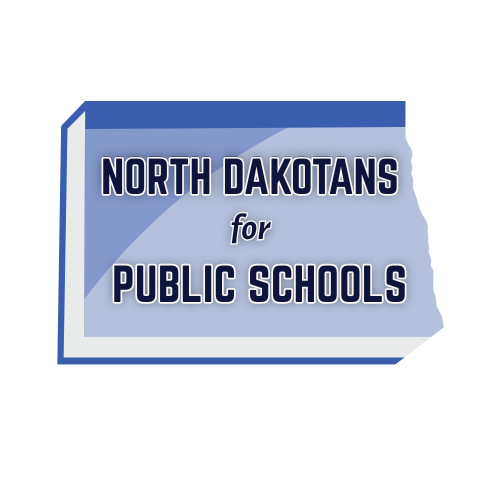LETTER: "Rural students deserve our help,” by Alan J. Peterson
Source: Inforum - August 5, 2025
By Alan J. Peterson, West Fargo, ND
Steven L. Johnson’s letter titled “ The uncertainty facing rural schools ” was on target. But he did not go far enough. What am I talking about?
Johnson spoke eloquently from his experience as a long-time school administrator, how delay or uncertainty in funding has major impacts on public schools, particularly small, rural schools. How the uncertainty “undermines the stability that families in rural areas rely on….”
Why should you care? You likely don’t live in a rural area. Even as a resident in a rural state like North Dakota, you are much more likely to live in a ND city than a rural area served by a rural school. And as a city resident you have witnessed and been part of increased spending for and building of public schools. You are also likely aware of what is claimed to be wasted spending at the state’s larger schools. You have been hammered by accusations of bad things happening in schools: indoctrination of all kinds; coercion in matters of sexual identity; reading of books that promote obscene lifestyles, thoughts, and actions; degradation of Christian values and patriotism.
Like Johnson, I am a former ND school administrator. For 10 years I was the superintendent of the Center for Distance Education. The Center delivers supervised courses to schools throughout North Dakota and throughout the world. The Center has full-time students and students who enroll in courses that they are unable to acquire in their schools a (most often, small, rural schools).
But… so what?
The ‘what’ is that the Center represents, particularly its founding, what people can do when they care, and use that caring to do something. To do something that puts kids, families, parents, and communities first, not politics and economics.
Ninety years ago, T. W. Thordarson, an agriculture professor at North Dakota State University, founded the Center for Distance Education (at the time named the Division of Correspondence Study because correspondence by mail was the means of lesson exchange).
Thordarson was raised on a farm. He clearly understood the struggle he had spent much of his lifetime fighting to receive an education. He wanted a world-class education. He did not believe his ruralness should diminish his education, his opportunities, and that as important, the knowledge and skills he, and others like him, could acquire would benefit their communities. Thordarson overcame many hurdles to eventually earn a doctorate in agriculture and a juris doctorate in law.
He was eventually hired by NDSU to provide ag classes to adults. He developed correspondence courses so that full-time farmers could benefit from the necessary knowledge and skills his courses provided. After a short time, it became apparent to Thordarson that grade school and high school students, especially in small rural schools and their rural communities, could benefit from his courses. He experimented. The experiments were successful.
In 1935 Thordarson went to the North Dakota Legislature with his idea for a correspondence school capable of delivering courses to rural high school and elementary students (and any students, anywhere). Though the U.S., including North Dakota and much of the world, was in the depths of Great Depression, the Legislature passed and funded a law that established a correspondence school for elementary and high school students. It was the first school of its kind in the U.S.! Ninety years later, with a new platform for communicating, the internet, Thordarson’s school continues to provide world-class courses and teaching.
Two take-aways I ask you to consider:
1) Uncertainty once again poses threats to rural schools and their communities. This time the threat is not a global, economic catastrophe; but the current threat poses the same result – kids, families, and communities in rural areas won’t receive the world-class education they deserve and is needed in 2025 (or 1935).
2) Legislators in 1935 somehow found the courage and the money to support Thordarson’s vision. That could not have been easy. After all, imagine the fallout for spending significant money for education at a time when the entire economy is in the basement. But they did.
And so, I ask, will North Dakota recognize the dilemma that small, rural schools face? Once recognized, will North Dakota do something about it? Will North Dakota recognize, appreciate, and realize, as Thordarson did, the leadership laboratory that exists in rural environments? Where young people are challenged every day by the problems posed by living on a farm in 2025 (or 1935)? Will we do what needs to be done to save what we have?
Come on North Dakota! Let’s solve this problem.
Alan J. Peterson lives in West Fargo.
